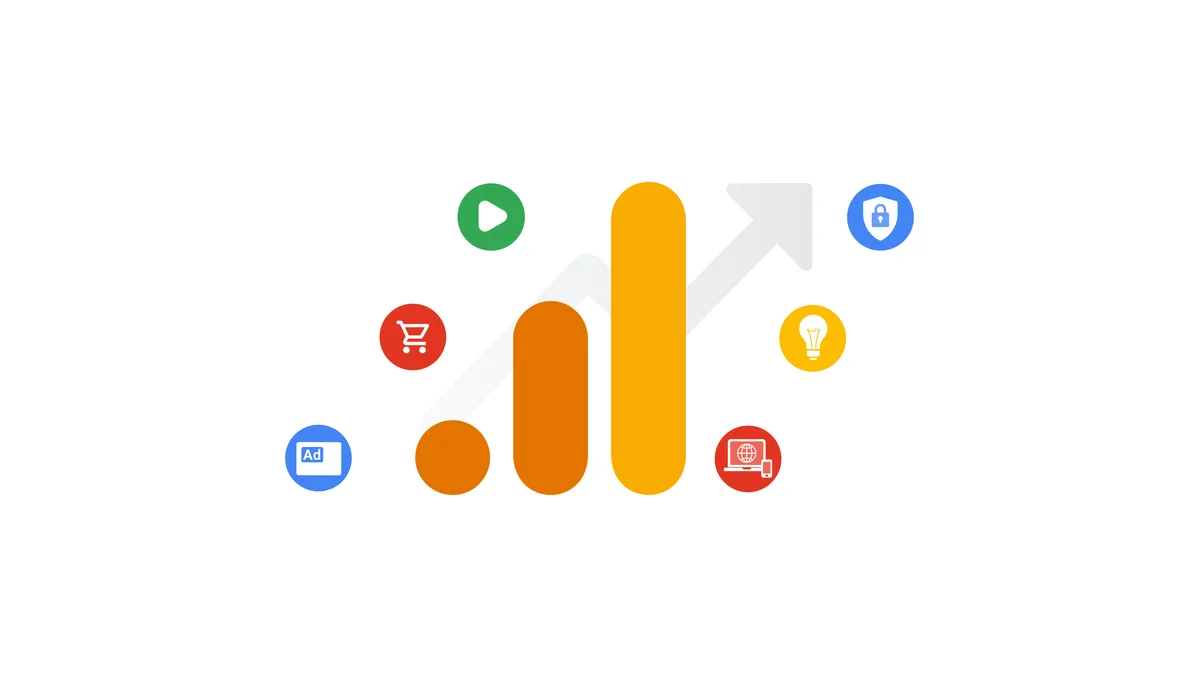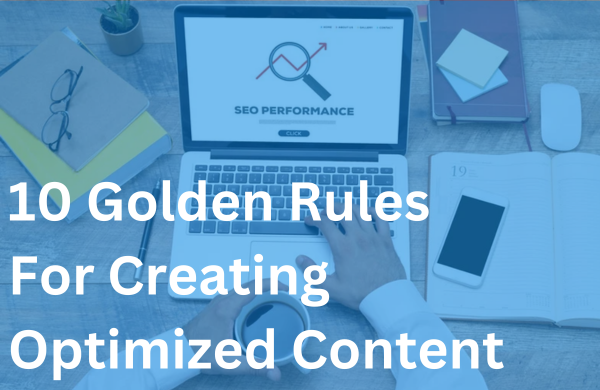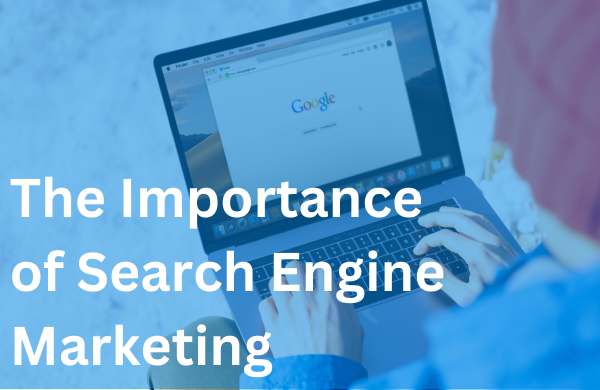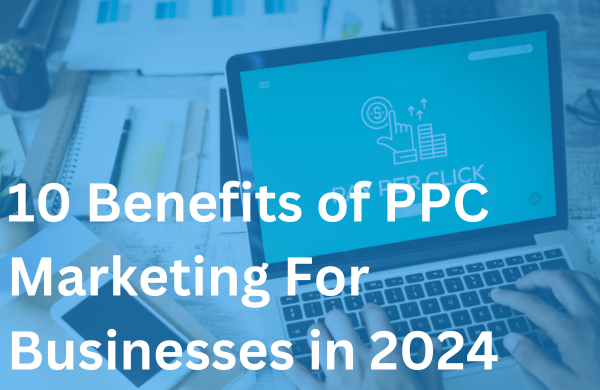Google Analytics 4, or GA4, is the most recent version of Google’s web analytics platform, which offers useful insights into website performance and visitor browsing behavior. If you’re unfamiliar with Google Analytics or want to know how the shift to GA4 will affect your usage, this article is a must-read.
Understanding GA4’s new features and how it differs from its predecessor, Google Analytics 3 is beneficial for anyone who wants to track and analyze user activity on their website. This comprehensive guide highlights the basics of GA4 and everything you need to know for a successful GA3 to GA4 migration.
As of July 1st, 2023. existing Google Analytics 3 accounts will no longer collect data. In order to continue collecting website analytics, you need to ensure you’ve properly configured GA4.
What Is GA4 (Google Analytics 4? How Does It Differ From GA3?
As the next generation of Google Analytics, GA4 introduces several differences compared to Google Analytics 3 (aka Universal Analytics). A fundamental difference is the shift from a session-based data model in GA3 to an event-based data model. In GA4, events are the primary unit of measurement – allowing us to track individual user interactions more granularly. A deeper understanding of user behavior over multiple touchpoints provides more flexibility in defining and tracking specific actions.
Google Analytics 4 offers improved tracking capabilities and data collection across different platforms and devices. Cross-platform tracking provides a holistic view of user interactions covering various touchpoints for better attribution and analysis of user behavior throughout the customer journey.
GA4 incorporates machine learning and artificial intelligence (AI) more extensively to provide actionable insights. It boasts pre-built reports and insights powered by AI that make it easier to understand user behavior, identify trends, and predict outcomes. Thanks to features like automated insights and predictive metrics, you can make data-driven decisions more efficiently.
While GA4 offers several advantages, the new event-based data model and reporting interface may take some adjusting to. Yet, considering the evolving digital landscape and the enhanced capabilities of GA4, migrating to the new version can help you stay ahead in optimizing your website to increase conversion.

The Benefits of GA4
GA4 is designed to adapt to evolving technology trends and privacy regulations to ensure your website tracking remains effective and compliant to data privacy regulations. The analytics platform seamlessly integrates with other Google marketing tools for a unified view of your digital campaigns. It also simplifies eCommerce tracking setup, which aids in conversion optimization and revenue growth. Additional insights include:
- Enhanced funnel analysis capabilities that track user flow through multiple steps or stages on your website or app to help you identify bottlenecks and optimize the user experience.
- Tracking user engagement with events and calculating metrics like average engagement time, engagement rate, and active user counts to know how users interact with your content.
- Providing audience insights based on user demographics, interests, and behavior. This information is helpful for targeting and personalization efforts. You can create custom audiences and understand the characteristics of your most valuable users.
- Predictive analytics capabilities powered by machine learning to help you forecast future user behavior, identify potential churn risks, and optimize marketing campaigns based on predicted outcomes.
- Improved eCommerce tracking feature that measures online transactions, revenue, conversion rates, and other valuable eCommerce metrics. You can also integrate with Google Ads to track and optimize campaign performance.
- GA4 also offers enhanced user consent options. It provides features such as data deletion, user data control, and the ability to adjust data retention periods to comply with privacy requirements.
Steps You Should Be Taking Now That GA4 Is Happening
First, evaluate your existing GA3 implementation, including tracking codes, goals, and custom configurations. Consider the amount of data you collect, the scope of your tracking needs, and the objectives you want to achieve with your analytics data. Identify areas that may require adjustments or improvements for GA4 compatibility. Next:
- Take the time to familiarize yourself with the new features and changes introduced in GA4. To better understand its capabilities, read this beginner’s guide from Moz, watch instructional videos, or attend related live webinars.
- Have an exit strategy by developing a step-by-step plan for migrating to GA4, considering factors like data continuity, user permissions, and event tracking. Set timelines and allocate resources accordingly.
The process of migrating to GA4 ultimately depends on your business requirements and goals. If you have concerns about the migration process, contact us today. Our team can provide guidance and best practices tailored to your specific situation.





